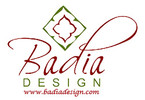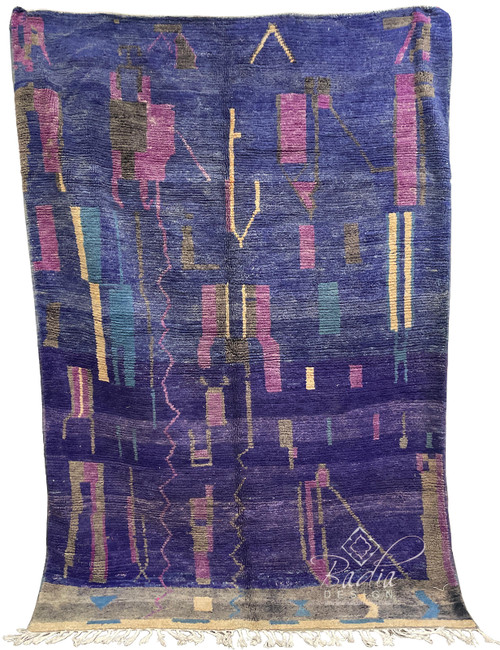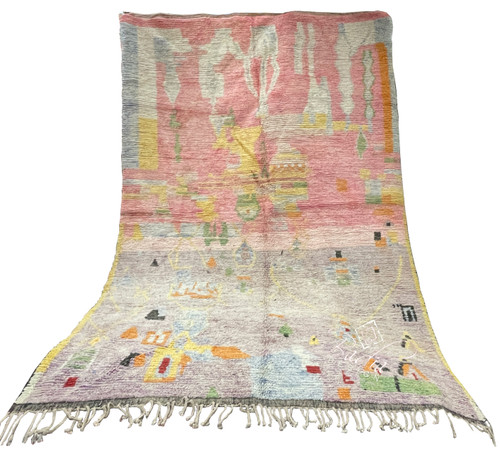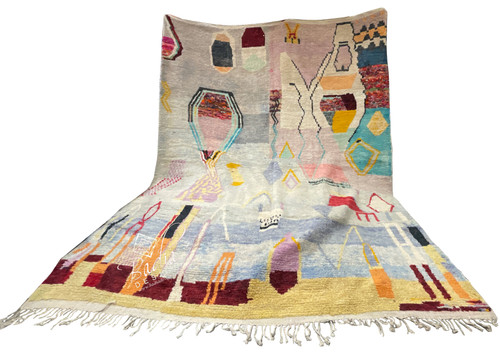Product Description
Multi-Color Handwoven Moroccan Berber Rug
Moroccan rugs trace back thousands of years, reflecting the diverse tribes and cultures that have influenced the North African region. Originally crafted for practical reasons like warmth rather than decor, they have evolved into intricate pieces of art appreciated globally. Description continued below...
Size: 78" W x 114" H
Style #: R017
Note: All of our rugs are handmade by our artisans in Morocco. There may be some minor imperfections which should not be considered as damaged products.
Note: Extra shipping costs may apply to this item due to its weight, size and your location. It may have to be shipped through a freight company and charges vary from state to state. You will be notified by email of any additional shipping charges once the item is packaged and ready for shipment. We always look for the most competitive shipping company to minimize shipping costs to our customers.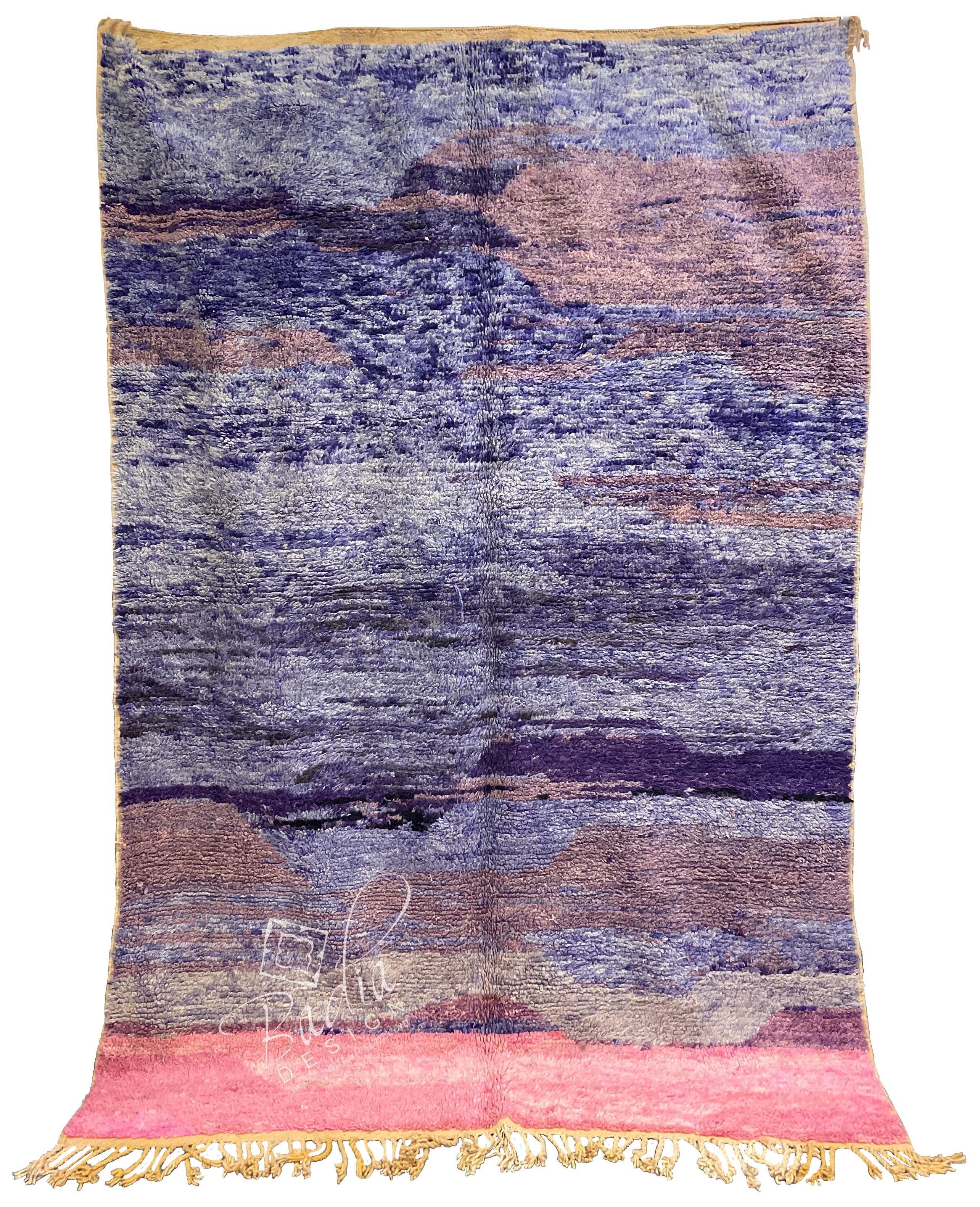
Description Continued...
Where They Are Made
Moroccan rugs are traditionally made in various regions across Morocco, with each region showcasing its distinctive patterns, colors, and weaving techniques. They are mostly handcrafted by Berber tribes, each with its own unique style.
Description and Different Types
The beauty of Moroccan rugs lies in their variety. Here are some of the most famous types:
Beni Ourain: Possibly the most recognized Moroccan rug, they are made by the Beni Ourain tribes from the Rif Mountains. They are generally made of undyed wool and feature simple geometric designs.
Azilal: Originating from the High Atlas Mountains, these rugs are colorful and vibrant, showcasing varied designs from diamond shapes to free-form abstracts.
Boujad: From the Haouz region of the Middle Atlas, these rugs are known for their pink and orange hues and abstract designs.
Boucherouite: Often referred to as "rag rugs," these are made from recycled materials and offer an explosion of colors and patterns.
Kilim: Flat-woven, lightweight, and versatile, Kilim rugs are less plush than their counterparts but are equally rich in history and design.
Tuareg Mats: Originally made by the nomadic Tuareg tribes, these rugs are made of reed and leather, boasting geometric patterns.
How Moroccan Rugs Are Made
Moroccan rugs are typically handwoven on traditional looms, a skill passed down through generations. Here’s a step-by-step process:
Shearing: The process begins with shearing wool from sheep. In Morocco, sheep wool is preferred due to its high quality.
Cleaning and Spinning: Once sheared, the wool is washed and then hand-spun into threads. This gives it a more organic texture.
Dyeing: Natural dyes made from plants, minerals, and sometimes insects are used to dye the wool. For instance, henna can be used for reddish-brown, indigo for blue, and saffron for yellow.
Weaving: Using a loom, skilled weavers create the rug row by row, following traditional designs or improvising as they go along. This is a labor-intensive process that can take weeks or even months, depending on the rug's size and complexity.
Washing and Drying: The completed rug is then washed to remove any dirt and left to dry under the sun.
Final Touches: Some rugs might be shaved to give them a smoother surface, while others are left in their plush, natural state.
You can find a wide array of Authentic Moroccan Rugs being sold by Badia Design Inc. located in Los Angeles, CA.
Additionally, each Moroccan Rug tells a story—a blend of history, culture, and artistry. By sharing this, you provide your customers with more than just a rug; you offer them a piece of Moroccan heritage.

